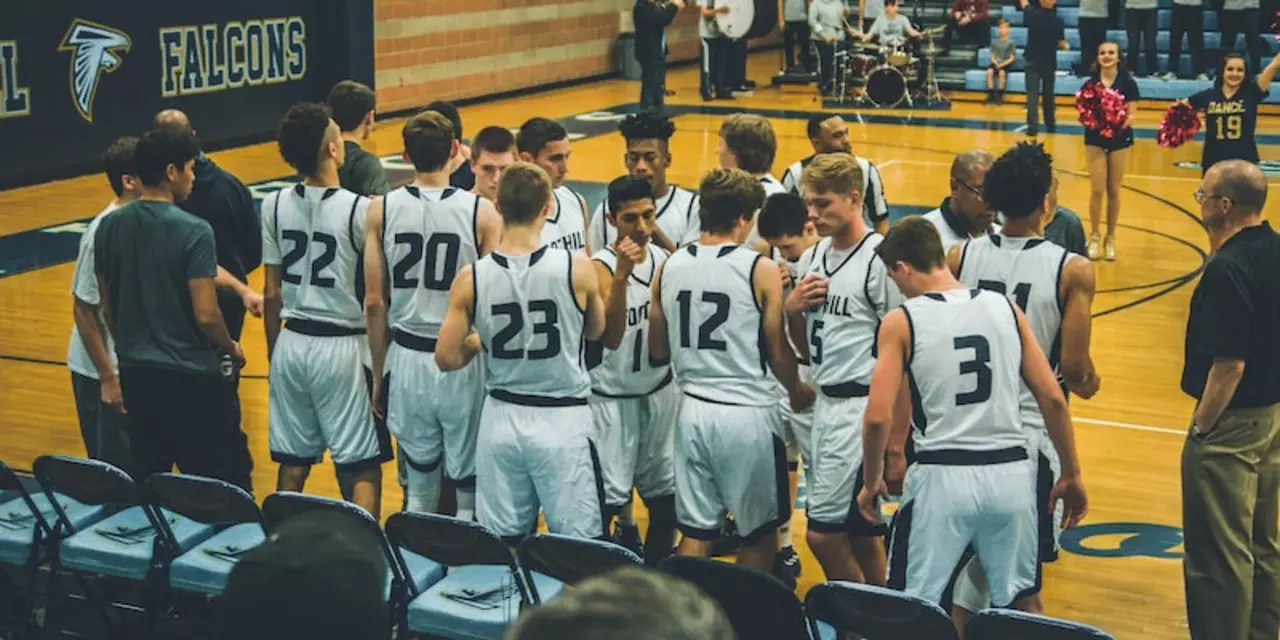Team Overview for Cricket Fans
When you hear the word team, a set of players who join forces to compete in cricket matches. Also known as squad, it represents the core unit that drives performance on the field. A team isn’t just a list of names – it’s a blend of skills, strategy, and chemistry that decides whether a side wins or loses.
One major sub‑entity is the cricket team, any organized group that plays cricket, from international XI to village sides. Within that, you have national team, the country’s top‑level representatives competing in ICC events and club team, local or regional squads that nurture talent and feed players to higher levels. The relationship is clear: a national team draws talent from club teams, while both rely on a solid squad to execute game plans.
How Teams Shape the Game
Understanding a team’s makeup helps you read matches better. A team encompasses three key parts: the player roster, the coaching staff, and the support crew. The roster defines the skill set – batsmen, bowlers, all‑rounders – and the balance between them. Coaching staff bring tactics, such as field placements and bowling changes, that directly influence the outcome. Support crew, from physiotherapists to data analysts, keep the squad fit and informed.
Teams require strategic planning. Before a series, a team evaluates pitch conditions, opponent strengths, and player form, then selects a squad that matches those variables. This selection process directly impacts ICC rankings, because every win or loss reshapes a national team’s position on the global leaderboard.
Another important concept is team dynamics. A well‑structured team fosters clear communication, shared goals, and adaptability. When players trust each other, they can execute complex plans like rotating the strike in a chase or setting aggressive fields in the death overs. Conversely, a fragmented squad often collapses under pressure, regardless of individual talent.
In recent years, the rise of franchise cricket has added a new layer. Franchise squads, such as those in the IPL or Canada GT20, blend international stars with local prospects, creating hybrid teams that experiment with innovative tactics. These teams influence how traditional national sides approach player development and game strategies.
What you’ll find below is a curated collection of posts that dive deeper into specific team stories – from India’s recent Test performances to the challenges faced by emerging leagues. Each article sheds light on how teams form, evolve, and compete on the world stage. Keep reading to see real‑world examples of the concepts outlined above.
